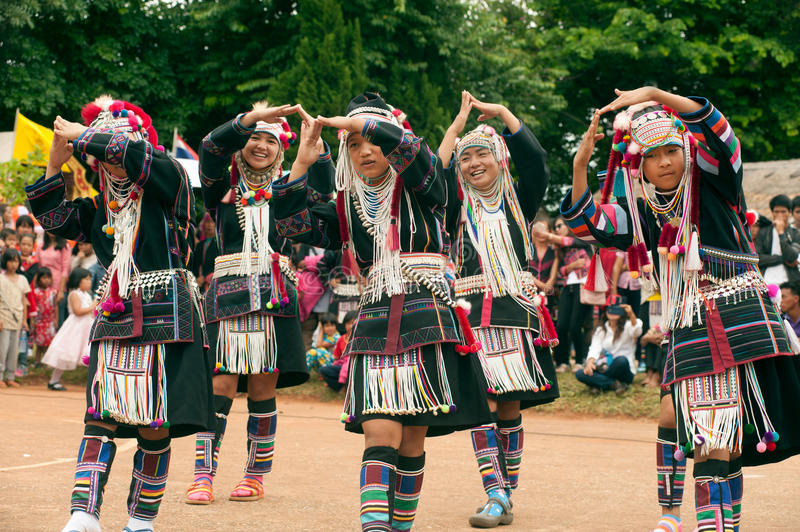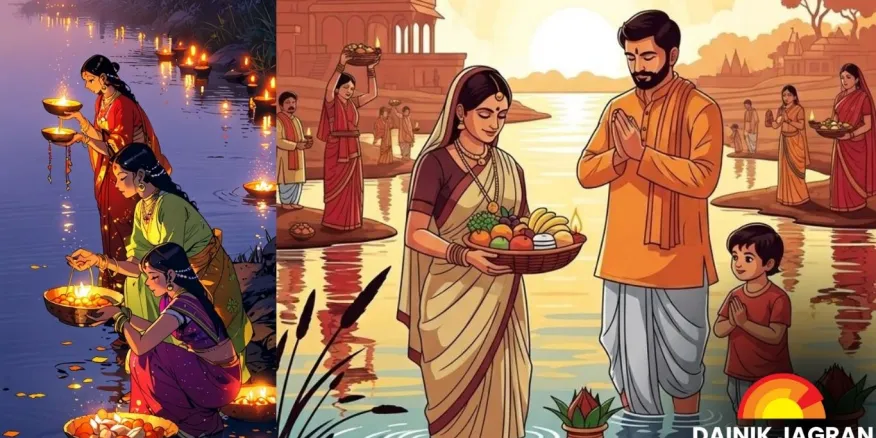Now Reading: The Hill Tribe in Thailand Creating NFTs from Traditional Art
-
01
The Hill Tribe in Thailand Creating NFTs from Traditional Art
The Hill Tribe in Thailand Creating NFTs from Traditional Art

In northern Thailand, a unique experiment is bringing old traditions into the digital era. A hill tribe known for its handwoven textiles and symbolic art has started turning its designs into NFTs, hoping to preserve their culture while reaching new global audiences. For younger members of the community, this step blends heritage with technology, showing how ancient art can find relevance in a rapidly changing digital economy.
Preserving Traditions in a New Medium
For generations, the tribe’s art has been expressed through cloth, carvings, and storytelling. Each design carries spiritual meaning and community identity. But with changing times and migration of youth to cities, many feared these practices might fade. By digitising their art into NFTs, the community sees an opportunity to record and share their culture in a form that cannot be easily lost or forgotten.
An Economic Opportunity
Alongside cultural preservation, NFTs offer the tribe a new source of income. By selling digital versions of their art to collectors and enthusiasts worldwide, they are earning in ways previously unimaginable. The funds are often reinvested into the community for education, healthcare, and improving local infrastructure. For many, this step bridges the gap between economic survival and cultural pride.
Bridging Rural and Urban Worlds
The younger generation plays a key role in this transformation. Many studied in nearby cities and returned with knowledge of blockchain technology. Their efforts to connect with global NFT marketplaces have given their remote village a place in international conversations about digital art. This blending of rural creativity with modern platforms also highlights how smaller communities can adapt to global trends without losing identity.
Learning for India’s Small Communities
For India’s Tier 2 and rural towns, the Thai example offers an interesting lesson. Many Indian tribes and traditional artisans face similar challenges of preserving heritage while sustaining livelihoods. If supported with technology and awareness, such groups too could explore new markets without abandoning their roots. It shows how innovation does not always mean erasing tradition—it can mean reimagining it.
A Balance of Old and New
The hill tribe’s venture into NFTs may be small in scale, but it has opened discussions on cultural ownership, digital inclusion, and economic independence. It proves that even remote communities can adapt to global shifts while keeping their traditions alive. For those watching from India and beyond, it’s a reminder that heritage and technology can walk together if communities are willing to experiment.

























